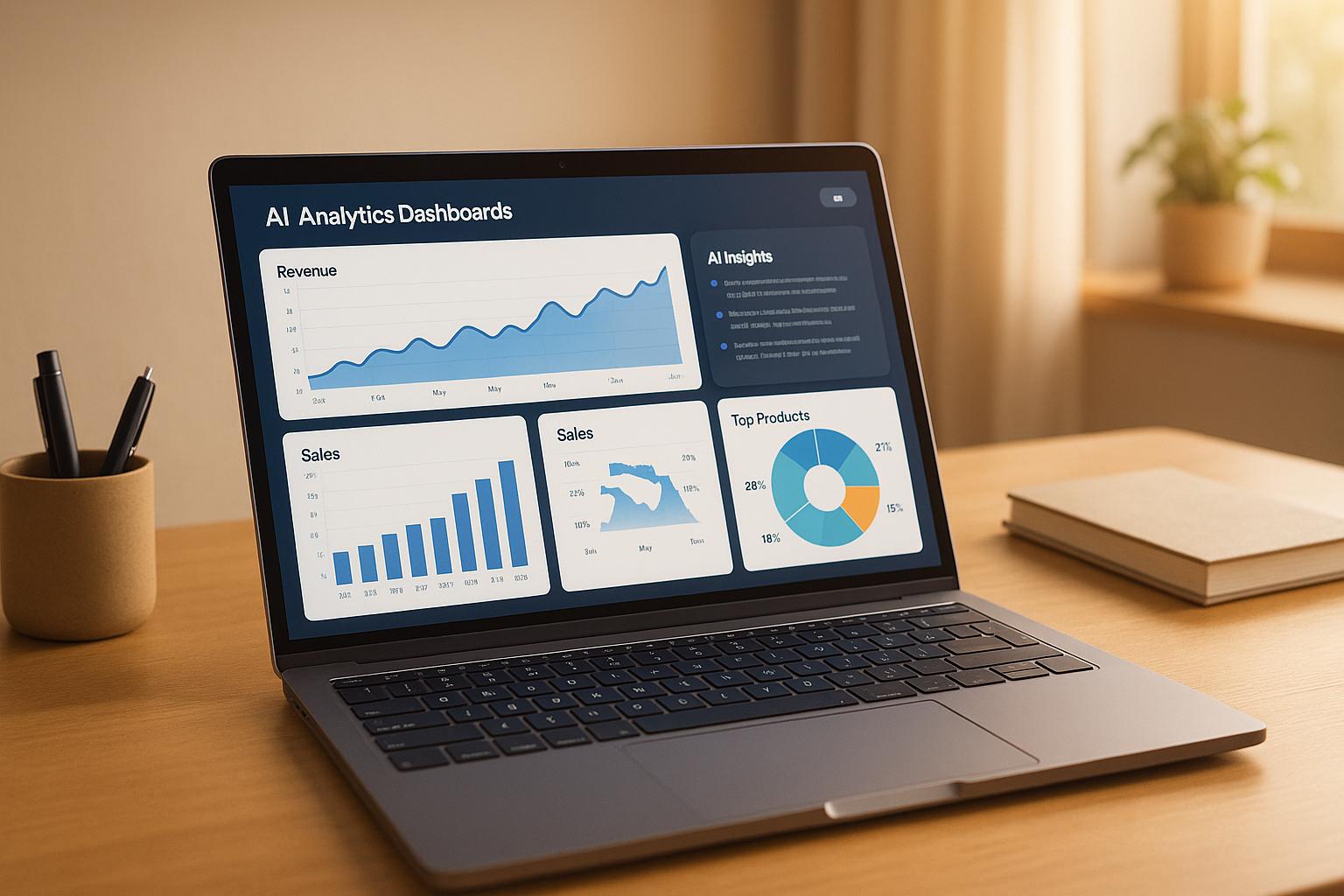
Why ChatGPT is the Key to Driving AI Adoption at Your Company

Unlocking AI Adoption: Why Executives Should Start with ChatGPT to Drive Workplace Productivity
Executives around the world recognize the need to integrate AI into their workflows to stay ahead of the curve, but for many, the path to AI adoption is unclear. AI can feel vast and overwhelming—where should a company begin? What tools will deliver value without unnecessary risk?
The answer to these questions is simpler than it seems. By starting with a familiar, easy-to-use AI tool like ChatGPT, companies can achieve significant gains in productivity while building a foundation for more advanced AI strategies.
1. The Executive Dilemma: Navigating AI Adoption
AI is everywhere—companies are using it to automate routine tasks, optimize operations, and gain insights from vast amounts of data. For executives, the benefits of AI are clear, but the challenge lies in execution. There is a broad spectrum of AI applications, from machine learning models to sophisticated natural language processing systems. With so many options, it’s difficult to decide where to invest time and resources.
Many executives face common obstacles when trying to implement AI:
- Lack of clarity on which tools are the best fit for their business.
- Concerns about the upfront costs of AI adoption.
- Fears of investing in technologies that might not deliver the expected results.
This dilemma creates inertia. While companies know they need to act, they are often paralyzed by the complexity of the choices available. Fortunately, the solution may lie in starting small—by leveraging a tool that employees already know and understand: ChatGPT.

2. Why Start with ChatGPT?
While AI may seem complex, not all AI solutions are difficult to adopt. ChatGPT is a perfect example of an accessible, versatile AI tool that requires minimal investment and delivers immediate results. Many employees already use ChatGPT for personal tasks such as drafting emails, answering questions, or brainstorming ideas. This familiarity translates into an easier transition to workplace applications.
Here are several reasons why ChatGPT is an ideal entry point for AI adoption:
- Familiarity: ChatGPT’s user-friendly interface and conversational abilities reduce the friction typically associated with AI tools.
- Versatility: It can be used across departments—from marketing and customer service to HR and sales—helping streamline workflows, enhance communication, and boost efficiency.
- Ease of Implementation: Unlike more complex AI tools, ChatGPT doesn’t require deep technical expertise or significant IT infrastructure, making it easy to integrate into existing processes.
Starting with ChatGPT allows companies to experience the benefits of AI immediately without the steep learning curve associated with more advanced technologies.
3. ChatGPT for Teams: Enhancing Collaboration and Productivity
One of the most exciting opportunities for businesses lies in using ChatGPT for Teams—a collaborative platform that allows employees to work together more efficiently. This tool extends ChatGPT’s functionality beyond individual tasks and makes it a shared resource that can enhance communication and collaboration across departments.
Here’s how ChatGPT for Teams can transform workflows:
- Improved Collaboration: Teams can use ChatGPT to collaborate on tasks such as content generation, research, and project planning. The AI can offer suggestions, organize ideas, and help structure projects, ensuring that everyone stays aligned.
- Faster Decision-Making: ChatGPT can rapidly analyze large amounts of data or answer complex queries, making it easier for teams to access critical information without waiting for manual research or data analysis.
- Streamlined Workflows: Whether it’s drafting documents, creating reports, or responding to customer inquiries, ChatGPT can handle routine tasks that free up employees to focus on more strategic work.
The results are clear—companies that have started using ChatGPT for Teams have seen faster project completion times, more effective collaboration, and a noticeable reduction in time spent on routine, repetitive tasks.
4. Leveraging Analytics: Building the Business Case for AI
A key advantage of starting with ChatGPT is the ability to track its adoption and impact through analytics. This data not only provides insights into how employees are using the tool but also helps executives measure the return on investment (ROI) of AI adoption in real-time.
Here’s how analytics can support broader AI initiatives:
- Tracking Adoption: Executives can monitor how often ChatGPT is used, which departments are leveraging it the most, and the types of tasks it’s being used for. This data helps identify areas where AI is driving the most value and where additional support may be needed.
- Data-Driven Decisions: Based on the usage patterns and productivity improvements, executives can make informed decisions about where to expand AI initiatives. For example, if customer service teams see significant efficiency gains using ChatGPT, the company can explore integrating more advanced AI solutions in that department.
- Building Internal Support: Perhaps most importantly, these analytics help build the business case for further AI investment. With tangible evidence of ChatGPT’s impact on productivity and collaboration, executives can confidently advocate for more resources and explore more advanced AI tools in the future.
5. The Benefits of Starting Small and Scaling Up
Starting with ChatGPT offers a practical and low-risk entry point into AI. By focusing on a specific, accessible tool, companies can quickly see the benefits of AI without overwhelming their teams or requiring massive upfront investments. Over time, these small wins can evolve into larger-scale AI initiatives.
- Proving ROI: Executives can showcase early successes with ChatGPT to build momentum and confidence in AI’s ability to drive business outcomes. The quick wins generated by increased productivity and collaboration make it easier to justify the costs of scaling AI across the company.
- Scaling Strategy: Once ChatGPT is widely adopted, executives can identify other AI tools that address specific business challenges. For example, companies might move from ChatGPT to more advanced AI-driven analytics, automation tools, or machine learning models that address unique industry needs.
- Future AI Initiatives: With a clearer understanding of how AI benefits the company, executives can confidently pursue more advanced tools that offer even greater productivity gains, customer insights, and operational efficiencies.
Conclusion: The First Step Toward an AI-Powered Future
AI is undoubtedly the future of business, and for executives, the question is no longer if they should adopt AI but how. By starting with ChatGPT, companies can take the first step toward AI adoption in a simple, accessible way. This familiar tool allows employees to enhance their productivity and collaboration immediately while giving executives valuable insights to build a more robust AI strategy. As companies gain experience and see real-world results, they can confidently explore more advanced AI applications, positioning themselves for success in the AI-driven future.
Now is the time for executives to embrace AI, and ChatGPT provides the perfect starting point.
Turbocharge your team with BrainChat AI
Teams using BrainChat report a 40% boost in task completion speed. Imagine what your team could achieve.
%20(1).png)



